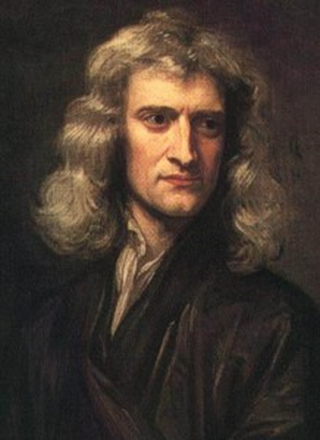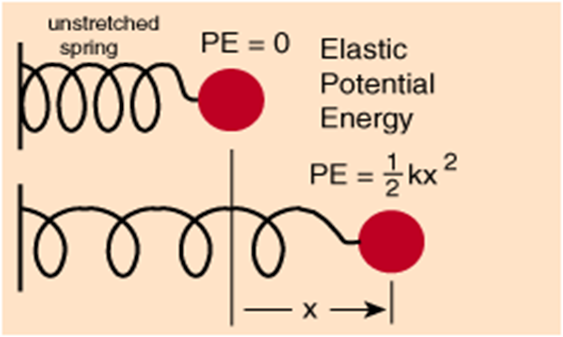Yes! Believe it or not, whenever you're lifting a pen, you already utilize work. Even when you push your dining table with your son, it involves power. It is a shame to know that we were going through our daily life without realizing the fact that these work, energy, and power in physics are widely used.

In Physics, work is said to be done by the force on the object. It is the quantity that relates the force on the object and the displacement of the object.
Imagine there is a man who is pushing by a constant force of 20N, to the corner of the room at a distance of 5.2m. What is the work done by the men? Let’s calculate them! Work goes by the formula of:
W=F.s
So, substitute the value of F, force which is weight of the vase and which is the displacement. Therefore,
W=F.s
=(20N).(5.2m)
=104 Nm
Or you can also write as since the SI unit for work is Nm or Joule(J). Also, formula of work can be , where is the component of force parallel to direction of the displacement. This formula is used by observing the direction and motion of the object, either it moves horizontally (Fxcosθ) or vertically (Fxsinθ).
Next, what about energy? Theoretically, energy is the capacity of a physical system to do work, where it can be transformed from one to another. It may exist in potential, kinetic, thermal, electrical, chemical, nuclear or other various forms. The SI unit for energy is Joules (J). Let’s talk about gravitational potential energy. It is one of the potential energy. You may have seen an apple falling from a tree right?

So, the formula of gravitational potential energy goes by:
Ug=mgh
m = mass of the object (in kg)
g = acceleration due to gravity,
h = height from the apple’s actual position to the ground (in m)
Let’s say that the mass of the apple is 0.1kg, and the height from where the apple fall onto the ground is 1.5m. Now we can calculate the Ug for this case:
Ug=mgh
Ug=(0.1)(9.81)(4.5)
Ug=4.41 J
In fact, Isaac Newton, the culminating figure of the Scientific Revolution of the 17th century and a physicist was the first to speculate upon the nature of gravitation after he saw the phenomenon of an apple falling from a tree. Amazing, right? Moreover, his quotes are a source of wisdom and has inspired a lot of people from different generations.

“Genius is patience”
The Homiletic Review, Vol. 83-84 (1922), Vol. 84, 290.
For kinetic energy, it is associated with the motion of an object. So , if the object move , we kindly consider it has a kinetic energy . The formula: , where m is the mass of an object, and v is its velocity. Let’s take the same example as the above, and we add the velocity for the apple to fall from the tree is 8.22 m/s.
KE=1/2mv^2
KE=1/2(0.1)(8.22)^2
KE=3.38 J
In elastic potential energy based on Hooke’s Law, elastic force, F=-kx is the force due to elastic spring, when compressed or stretched. F is the restoring force (elastic force). F is the opposite direction of extension, x. k is called spring constant and its value depends on the spring. In addition, the work done on the spring is stored as potential energy of the object, Ue=1/2kx^2.

Often, we are also interested in the rate at which the energy transferred or work done. Power is defined as the rate of energy or work transfer, that is:
P=W/delta T
or
P=mgh/delta T
The SI unit for power are Watts(W) = Joules/second(J)
Do you know Ryan Crouser, an American shot putter and discus thrower? He is a two-time Olympic gold medalist and Olympic record holder as well as the world record holder in the shot put, both indoor and outdoor. During the 2020 Tokyo Olympics, Ryan Crouser in the men's shot put final achieved an Olympic record of 22.83 meters on his first throw of the evening. He went on to better it two more times and ended the day with a 23.30-meter toss for the second-farthest throw in history and a second Olympic gold.

Let’s assume that the force he exerted on the ball is 850N at a distance of 22.83 meters in less than 15 seconds. Let’s take 10 seconds for the time of the ball to fall onto the ground. What would the power of the shot put be?
P=W/delta T
P = FS/delta T
P=(850)(22.83)/10
P=1940.55 Watt
So the power produced by Ryan Crouser on the ball is 1940.55J. He is indeed an amazing shot putter! He holds the current men's shot put world record after he threw 76 feet, 8 ¼ inches at the U.S. Olympic Trials in June. Ryan Crouser also set the Olympic record at the 2016 Rio Games with a 73 foot, 10 ½ inch throw to win gold. See? Physics is fun when you finally get to understand and acknowledge the use of it in daily life.
By : Syifa, Aina, Damia, Nurizzah, Aina Suhaiza Mohamad Nazir
Physics Division, ASPer
Tarikh Input: 09/09/2022 | Kemaskini: 22/09/2022 | emma
PERKONGSIAN MEDIA































